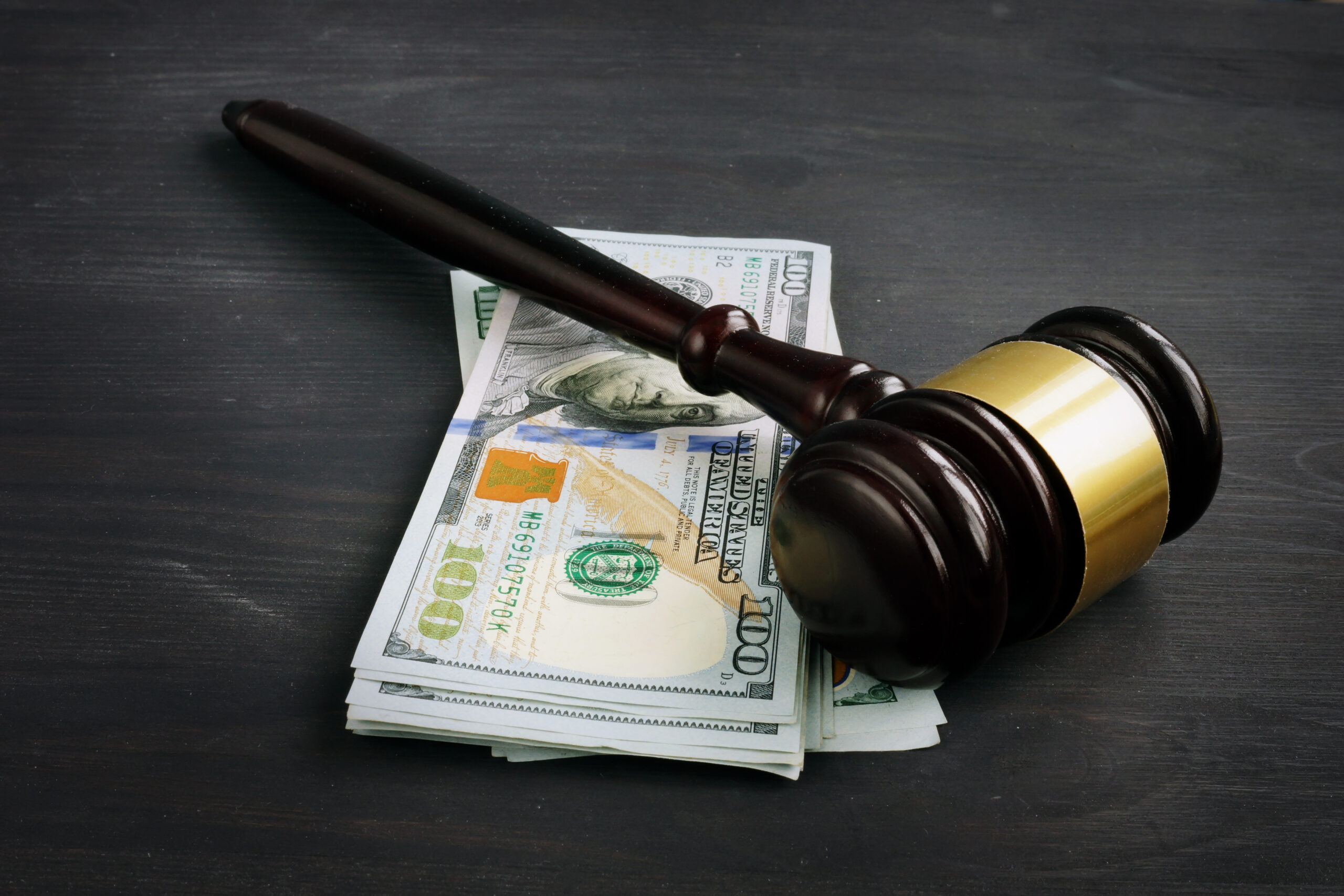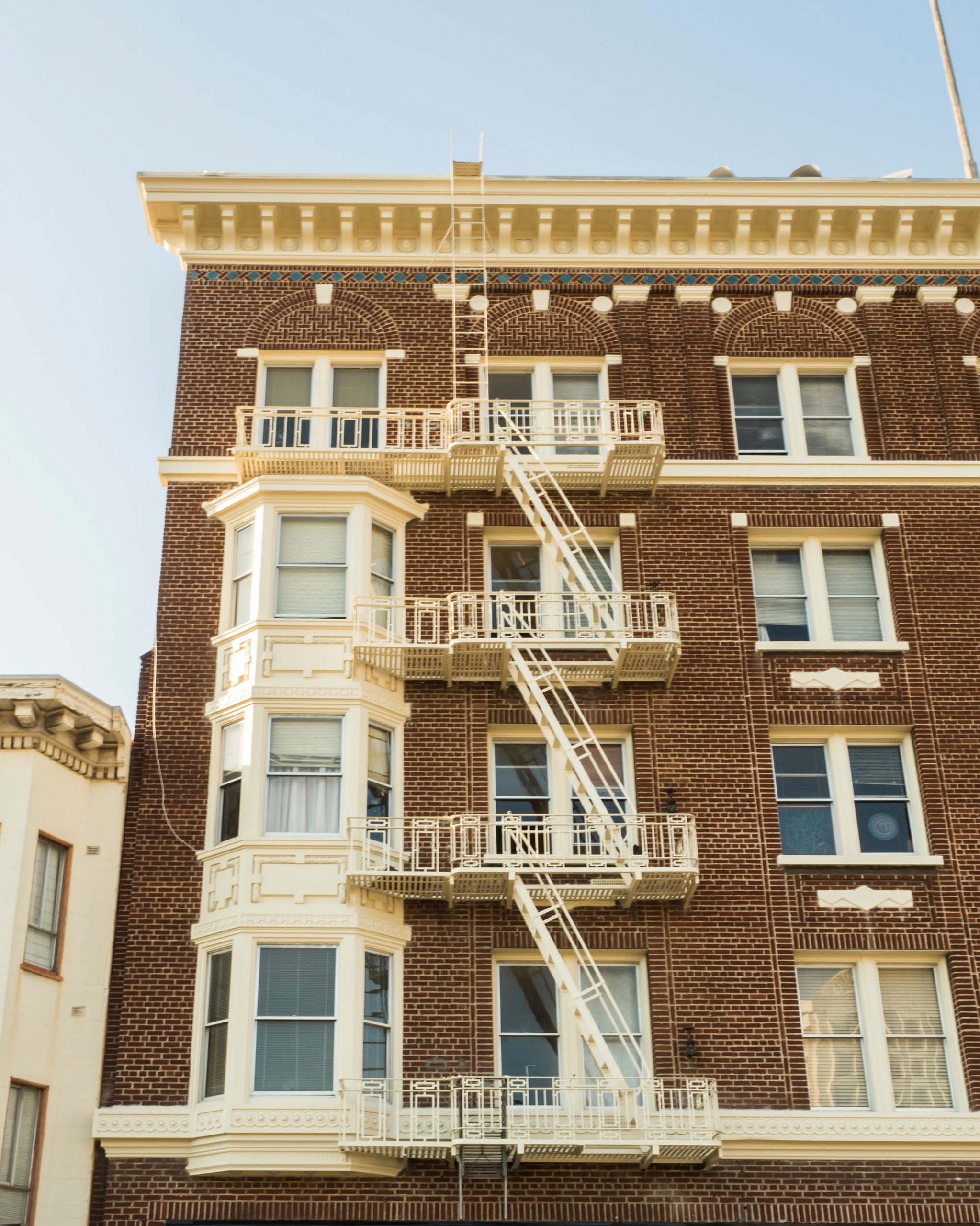We kick off Reuben, Junius and Rose’s 2023 client updates by discussing a proposed San Francisco ordinance that would significantly enhance penalties for unpermitted work eliminating or adding residential units and significantly altering historic resources, and increase administrative and civil penalties for violations of the Building and Planning Codes.
The legislation, co-sponsored by Supervisors Ronen, Peskin and Chan, was introduced in July 2022 (Board File No. 220878). In October 2022, the Building Inspection Commission voted unanimously to recommend approval. A Planning Commission hearing is scheduled for next Thursday, January 19th. After the Planning Commission, hearings would take place at the Board of Supervisors’ Land Use and Transportation Committee, followed by the full Board.
The ordinance would increase the Zoning Administrator’s authority to impose significant monetary fines on property owners who carry out unpermitted work associated with a residential demo, merger, or change of use, and significant alterations to historic buildings. For unpermitted alterations, mergers, or demolition that eliminate one or more residential units, and also for unpermitted additions of more than two unauthorized units, the property owner would be liable for an administrative penalty of up to $250,000 for each unit. The owner also would be required to file a permit and request retroactive permission from the Planning Commission to eliminate the dwelling unit with a Planning Code Section 317 Conditional Use permit. The Planning Department’s Zoning Administrator would ultimately determine the amount of the fee; the ordinance directs the Planning Commission to adopt factors and criteria for the Zoning Administrator to consider.
The ordinance would also punish property owners who carry out alterations that are tantamount to demolition without securing a Section 317 Conditional Use permit. For five years, no permits authorizing construction or alteration are allowed. There would be one exception: the permit would need to have the same or more residential units, with the same or higher proportion of residential to non-residential units as the building as it existed before the unpermitted work occurred. Also, the replacement units need to be at least 40% of the size of the largest unit in the project. They also could be subject to rent control; as written, this provision of the draft ordinance is unclear.
The ordinance would also enhance the potential penalties for unpermitted damage to historic properties. For historic properties that are designated locally or on the California or National registers, a penalty of up to $500,000 is available for each structure that is “significantly altered or damaged,” or “demolished.” Similar to the unpermitted residential work, the Historic Preservation Commission would be tasked with adopting factors and criteria for the Zoning Administrator, and would also need to define the terms “significantly altered or damaged” and “demolished.”
Also, for all Notices of Violation (“NOVs”)—not just NOVs relating to unpermitted work on residential or historic buildings—the ordinance would add the following additional factors when considering whether to uphold the NOV and whether to assess administrative penalties:
- if a violation was willful or intentional;
- the extent to which it resulted in financial gain;
- if tenants were displaced; if the violation is reversible; and
- if it created a nuisance, health hazard, or dangerous condition.
Also, the daily administrative penalty would be increased from $100 to $200.
On appeal to the Board of Appeals, if the Board upholds in whole or in part the Zoning Administrator’s decision on the amount of the penalty, it can reduce the penalty, but not below $50,000 for each residential unit or $100,000 for each historic property.
The ordinance would also allow a court to assess a daily civil penalty of between $200 and $1,000 and adds criteria for a court to consider when assessing the amount of any civil penalty for any Planning or Building Code violation. They include: the nature and seriousness of the misconduct, number of violations, the persistence of the misconduct, length of time, willfulness of the defendant, if any tenants were displaced, if the violation is reversable, if the violation impacted an historic resource, the financial gain because of the violation, and the defendant’s net worth.
Finally, the ordinance adds some procedural teeth. Any time after issuing an NOV, the Zoning Administrator can issue a “Notice of Additional Compliance Actions and Accrued Penalties” that requires a responsible party to perform additional abatement actions, and/or sets out the total penalties accrued to-date. Final NOVs or Notices of Violation and Penalty Decisions (“NOVPD”) may be recorded as an Order of Abatement on title, which also would spell out the steps necessary to abate the violation. The Ordinance would also make transferees responsible for daily penalties that accrue after the transfer if an NOV or NOVPD has been recorded on title; if not, the Zoning Administrator can only start assessing daily penalties if a notice and an opportunity to cure the violation are provided.
We will continue to track this interesting piece of legislation as it moves forward.
Authored by Reuben, Junius & Rose, LLP Attorney Mark Loper.
The issues discussed in this update are not intended to be legal advice and no attorney-client relationship is established with the recipient. Readers should consult with legal counsel before relying on any of the information contained herein. Reuben, Junius & Rose, LLP is a full service real estate law firm. We specialize in land use, development and entitlement law. We also provide a wide range of transactional services, including leasing, acquisitions and sales, formation of limited liability companies and other entities, lending/workout assistance, subdivision and condominium work.



